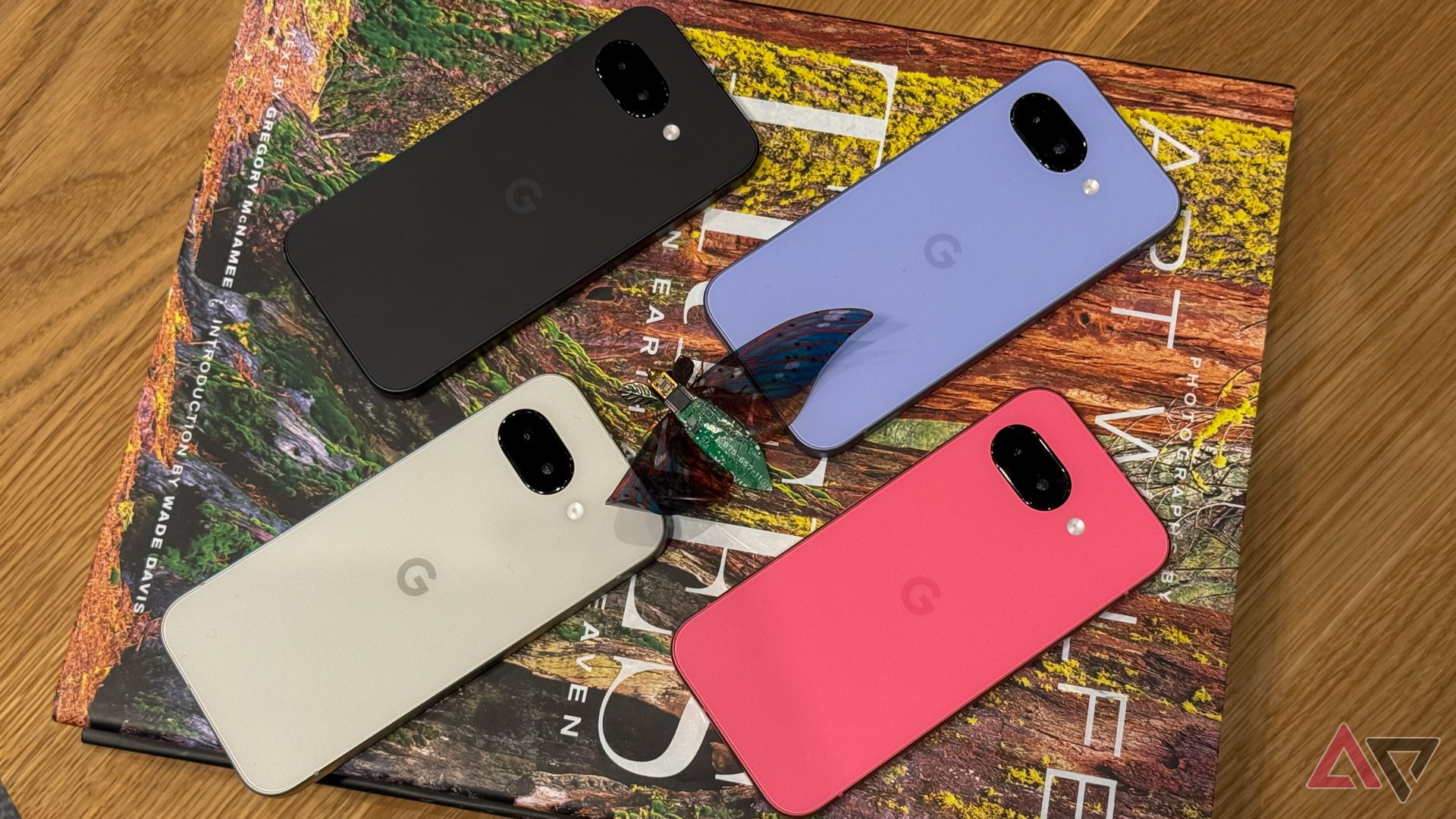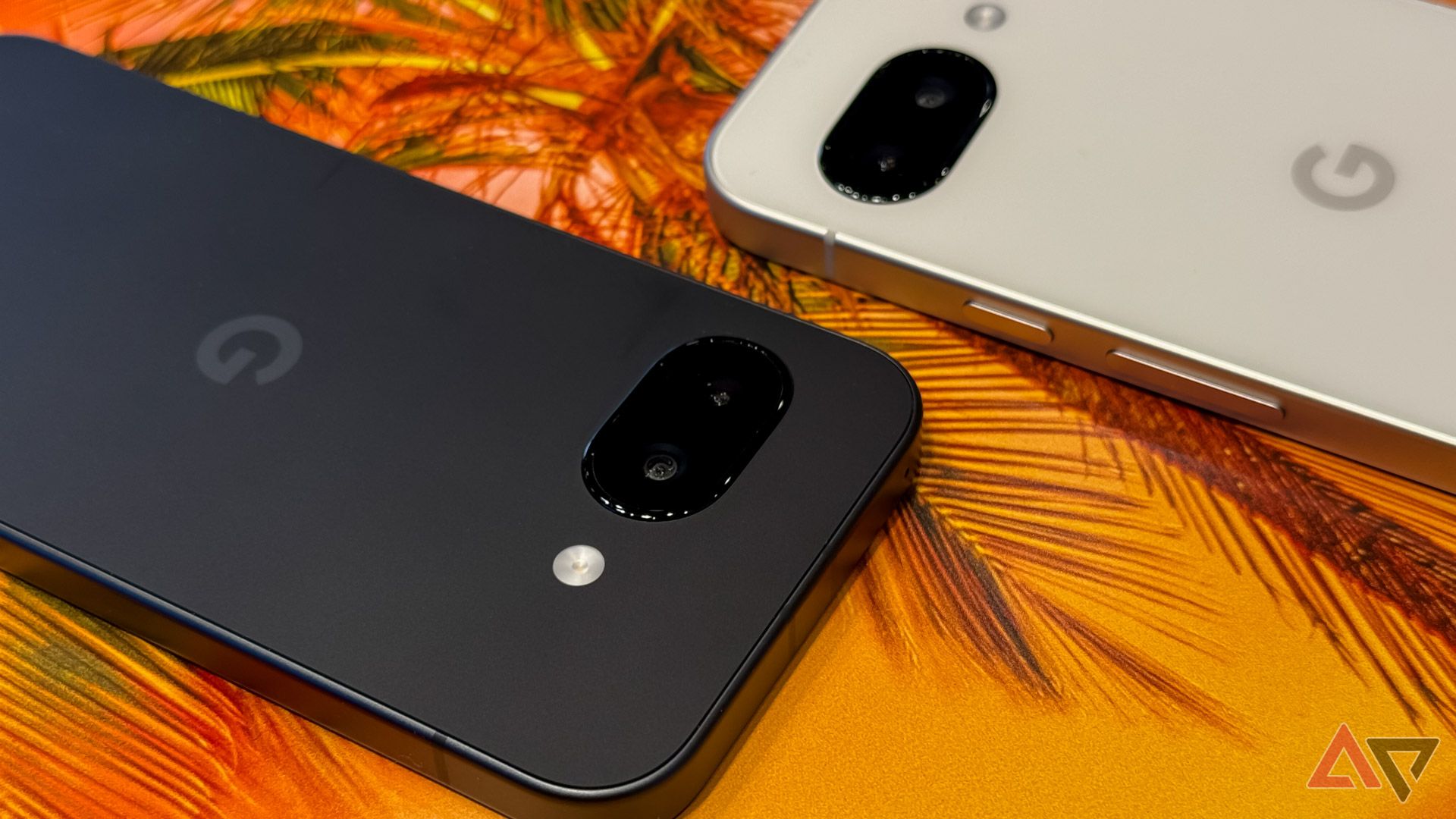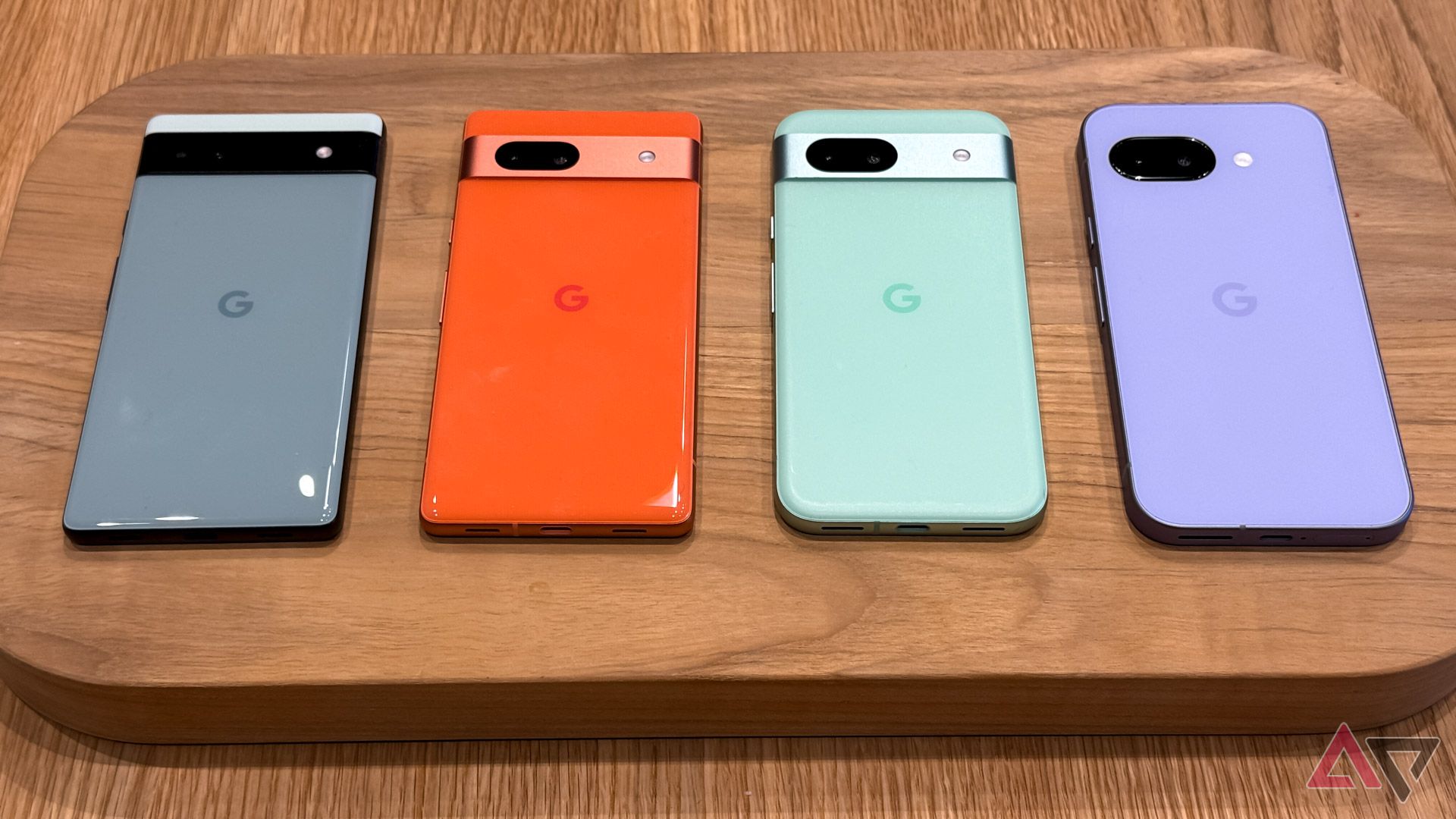Google’s Pixel 9a hits store shelves in the US next week. Google’s new midranger is looking like another reasonably priced flagship alternative in a line of reasonably priced flagship alternatives. It makes some cuts to the Pixel 9 formula to hit a lower price point: less RAM, worse cameras — the usual. But on paper, there are some genuine advantages the $500 Pixel 9a has over the $800 Pixel 9. Here are five.
5
Price
Let’s get the obvious one out of the way up top: the $500 Pixel 9a is, of course, quite a bit less expensive than the $800 Pixel 9. Google’s managed to keep its A-series phones at that $500 price point three years in a row as its flagships have gotten more expensive, making the 9a an even stronger deal than prior generations.
Related
The Google Pixel 9a skimps on AI to save a few bucks, and I’m cool with it
To save 300 bucks, really
4
A full matte finish
There’s no objectively correct finish for a smartphone to have, and it’s true that most smartphone users slap a case on whatever they buy anyway. But personally, I’m a fan of the all-matte look. Glossy surfaces tend to pick up fingerprints way easier than matte ones, and nicks and scratches tend to stick out more in reflective surfaces.
The standard Pixel 9 comes with a glossy glass back and matte side rails; the Pixel 9 Pro flips it, with matte glass on the back and matte steel side rails. The Pixel 9a is matte all the way around. Glossy metal accents might look fancy, but I hope future Pixel generations take queues from Google’s A-series phone and embrace the same all-matte aesthetic.
3
More durable construction
The standard Pixel 9 and Pixel 9 Pro come with standard flagship phone construction: their back panels are made of scratch-resistant glass and their side rails are stainless steel. It makes for a high-end look and feel, but the use of glass obviously comes with a pretty major trade-off: it’s liable to crack if your phone takes a tumble.
The Pixel 9a, on the other hand, features a plastic rear panel and aluminum side rails. That makes the phone more resistant to cracking than its pricier peers. Plastic and aluminum also aren’t as dense as glass and stainless, so the Pixel 9a’s a touch lighter than the Pixel 9 — though the difference is only a fraction of an ounce.
2
No camera bump
The Pixel 9 and Pixel 9 Pro have some of the best cameras you can get in a smartphone today, but that imaging prowess comes with positively monumental camera bumps. Judging by Pixel 10 leaks, the pill-shaped protrusions seem like they’ve become part of the Pixel’s brand identity. But there’s no getting around the bulk: the cameras on the Pixel 9 and 9 Pro stick out 3.5 mm from the rear panel.
The Pixel 9a, meanwhile, practically doesn’t have a camera bump at all, featuring a pill-shaped glass cutout for its primary and ultrawide cameras that’s nearly flush with the rest of the rear panel. Again, this won’t matter much for people who use cases. But considering a vocal contingency of smartphone shoppers have been asking for thicker phones with bigger batteries and minimal camera bumps for some time now, it’s a definite win for the 9a.
Related
4 reasons I’m excited about the new Google Pixel 9a (And 1 reason I’m not)
The Pixel 9a looks like my dream phone
1
A huge battery
Speaking of bigger batteries: the Pixel 9a features the largest battery ever used in any Pixel phone, at a rated capacity of 5,100 mAh. That just barely edges out the Pixel 9 Pro XL’s 5,060 mAh cell.
Given the Pixel 9a is a relatively compact phone with a 6.3-inch display, that big battery is going to provide long battery life. The 9a’s Google Store listing advertises “30+ hour battery life” compared to the Pixel 9’s “24+ hour battery life.” If Google’s estimates are accurate, that’s 25 percent longer battery life on the 9a.
Cheaper doesn’t mean bad
We’ll have to wait and see how the Pixel 9a shapes up overall; we’ll have a review coming as soon as possible. But based on our early hands-on impressions, Google’s history with midrange devices, and the info Google’s published about the 9a so far, it’s looking like a solid device — and in some ways, even better than the pricier Pixel 9.









